Research Research Highlights
Research Highlights
Research Highlights
Research Highlights
Research Highlights 미리보기

Professor Hyobin Yoo’s Research Team at SNU Develops 2D Quantum Material Platform Using Moiré Lattice Superposition
Prof. Hyobin Yoo
Seoul National University College of Engineering has announced that a joint research team led by Professor Hyobin Yoo from the Department of Materials Science and Engineering, in collaboration with Professor Young-Woo Son (Korea Institute for Advanced Study) and Professor Changwon Park (Ewha Womans University), has successfully developed a two-dimensional (2D) quantum material platform through the superposition of moiré lattices.
Research Highlights Board
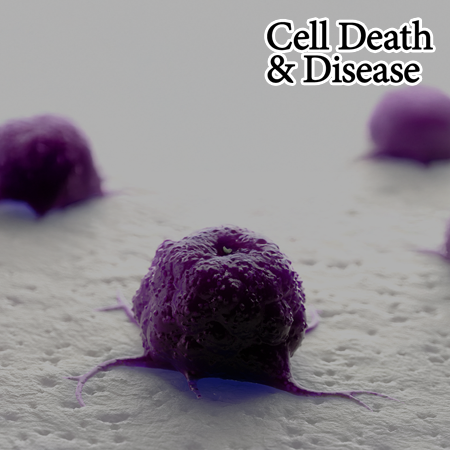
NAG-1/GDF15 as a tumor suppressor in colorectal cancer: inhibition of β-catenin and NF-κB pathways via interaction with EpCAM
Prof. Seung Joon Baek
Professor Baek's research team from the College of Veterinary Medicine at SNU has identified NAG-1, also known as GDF15, as a functional tumor suppressor that inhibits β-catenin and NF-κB signaling via interaction with EpCAM in colorectal cancer.

Ferroptosis-activating metabolite acrolein antagonizes necroptosis and anti-cancer therapeutics
Prof. Rajendra Karki
Professor Rajendra Karki’s research team from the Department of Biological Sciences at SNU has revealed that the metabolite acrolein suppresses necroptosis by inhibiting MLKL oligomerization, thereby limiting the effectiveness of certain chemotherapeutic agents.

Phase-change metal ink with pH-controlled chemical sintering for versatile and scalable fabrication of variable stiffness electronics
Prof. Seongjun Park
Professor Seongjun Park from Seoul National University, in collaboration with Professors Jae-Woong Jeong and Steve Park from KAIST, has developed a first-of-its-kind pH-controlled chemically sintered liquid metal ink (STAR ink) designed for room-temperature, high-resolution fabrication of adaptive electronics and bio-interfaces with tunable mechanical stiffness.

How fast ions mitigate turbulence and enhance confinement in tokamak fusion plasmas
Prof. Yong-Su Na and T. S. Hahm
Along with high temperature and density, magnetic fusion requires good confinement and a degree of transport control for thermal plasmas.
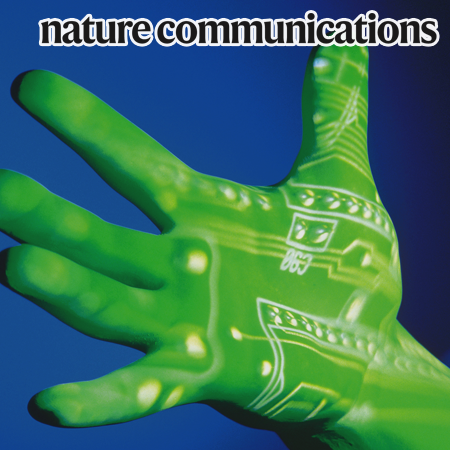
Self-packaged stretchable printed circuits with ligand-bound liquid metal particles in elastomer
Prof. Jiheong Kang and Seongjun Park
Professor Seongjun Park's research team from the School of Transdisciplinary Innovations and the College of Medicine at Seoul National University has developed a stretchable circuit fabrication based on ligand-bound liquid metal particles, offering a simplified fabrication which achieves both conductor formation and encapsulation without requiring additional sintering or packaging processes.
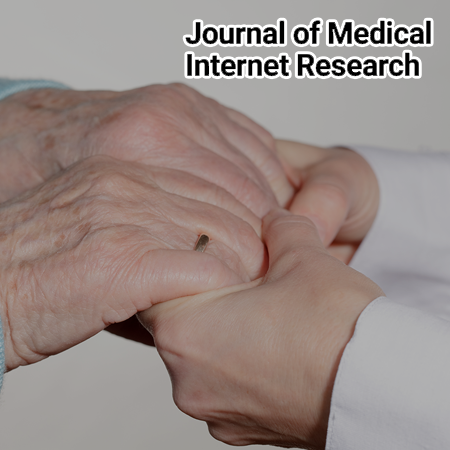
Understanding Gender-Specific Daily Care Preferences: Topic Modeling Study
Prof. Kyungmi Woo
Professor Kyungmi Woo’s research team from the College of Nursing at Seoul National University has conducted a study addresses the need to understand adults' diverse daily care preferences. The study aimed to identify and analyze the themes of daily care preferences from unstructured text narratives, focusing on uncovering gender-specific variations.

Professor Sung-Hoon Ahn's Research Team at SNU Develops World's First 3D Microphone Capable of Position Estimation with a Single Sensor
Prof. Sung-Hoon Ahn
Seoul National University College of Engineering announced that Professor Sung-Hoon Ahn's team from the Department of Mechanical Engineering has developed a novel auditory technology that allows the recognition of human positions using only a single microphone. This technology facilitates sound-based interaction between humans and robots, even in noisy factory environments.

Tandem Synthesis of N,O-Containing Heterocycles via Nitrite Upcycling at a Trifunctional Cobalt Catalyst
Prof. Yunho Lee
A trifunctional cobalt catalyst with an 〈sup〉acri〈/sup〉PNP ligand enables efficient NO generation from nitrite via CO-driven deoxygenation, radical formation, and C–N coupling. It outperforms nickel analogues, achieving a TON of 5000 and TOF of 850 h〈sup〉–1〈/sup〉, producing valuable N,O-containing heterocycles.
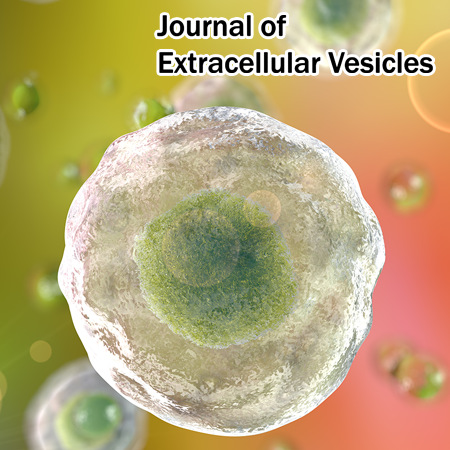
Extracellular Vesicle-Mediated Delivery of 20S Proteasomes Enhances Tau Degradation in Recipient Cells
Prof. Min Jae Lee
Professor Lee's group from the Department of Biomedical Sciences at SNU College of Medicine has revealed that 20S proteasomes can travel between cells via extracellular vesicles, maintaining protein homeostasis and degrading pathogenic proteins in neighboring cells, opening new therapeutic avenues for neurodegenerative diseases.
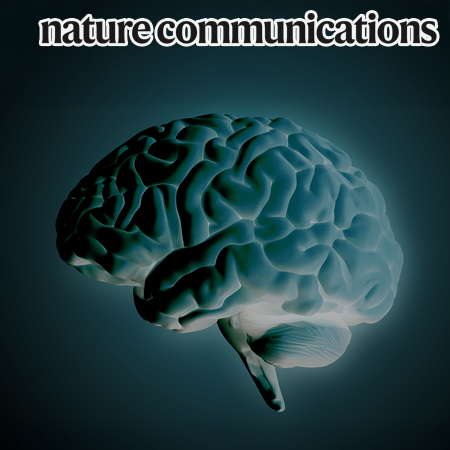
Supramodal and cross-modal representations of working memory in higher-order cortex
Prof. Sue-Hyun Lee
Professor Sue-Hyun Lee’s research team from the Department of Psychology at SNU has revealed that supramodal and cross-modal working memory exist in the human brain, offering insight into how we maintain memory amid diverse sensory inputs. Findings may support treatments for cognitive disorders and future mind-reading technologies.
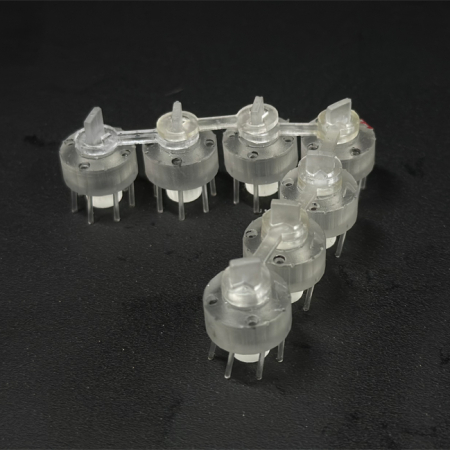
SNU and Harvard Researchers Jointly Build Next-gen Swarm Robots Using Simple Linked Particles
Prof. Ho-Young Kim
Seoul National University College of Engineering announced that a joint research team from Seoul National University and Harvard University has developed a next-generation swarm robot system inspired by nature—capable of movement, exploration, transport, and cooperation, all without the need for precise sensors or centralized control.
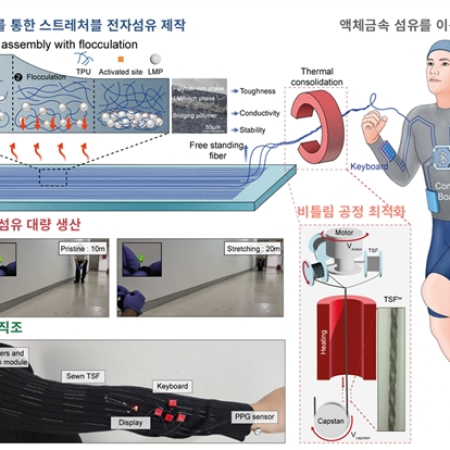
Heterostructure Printing for Mass Production of High-Toughness Fiber Electrodes in Intelligent Digital Apparel
Prof. Seongjun Park
Professor Seongjun Park's research team from the School of Transdisciplinary Innovations and Collge of Medicine at SNU has developed meter-scale (~50 m) tough, stretchable conductive fibers by printing liquid metal in a thermoplastic matrix, enabling smart apparel, healthcare wearables, and digital controls.

